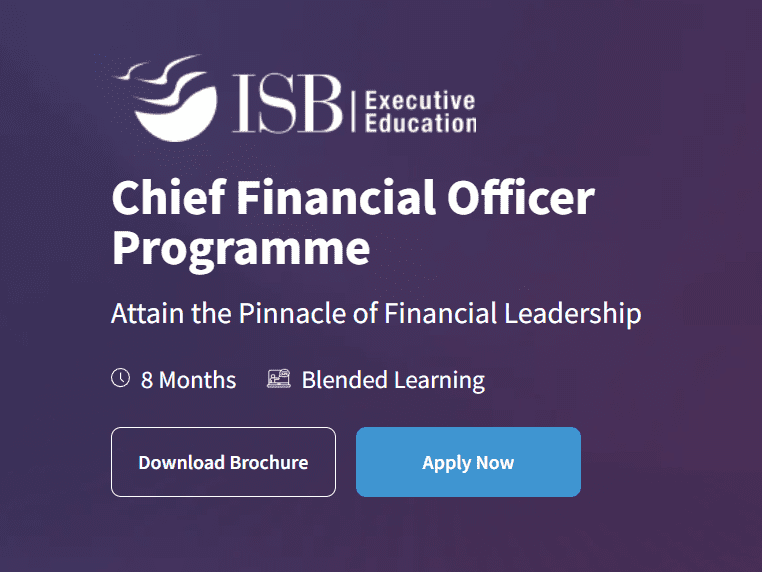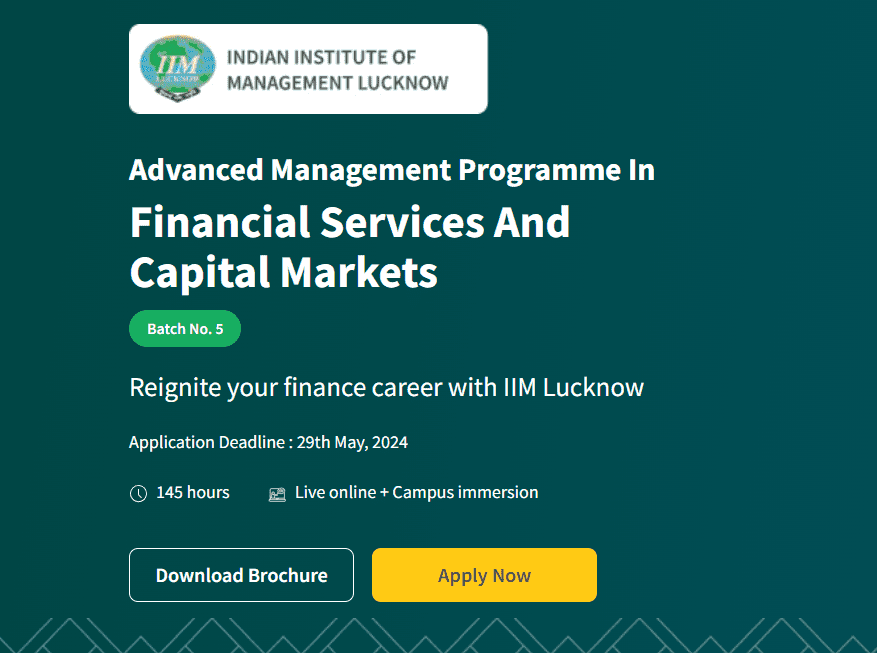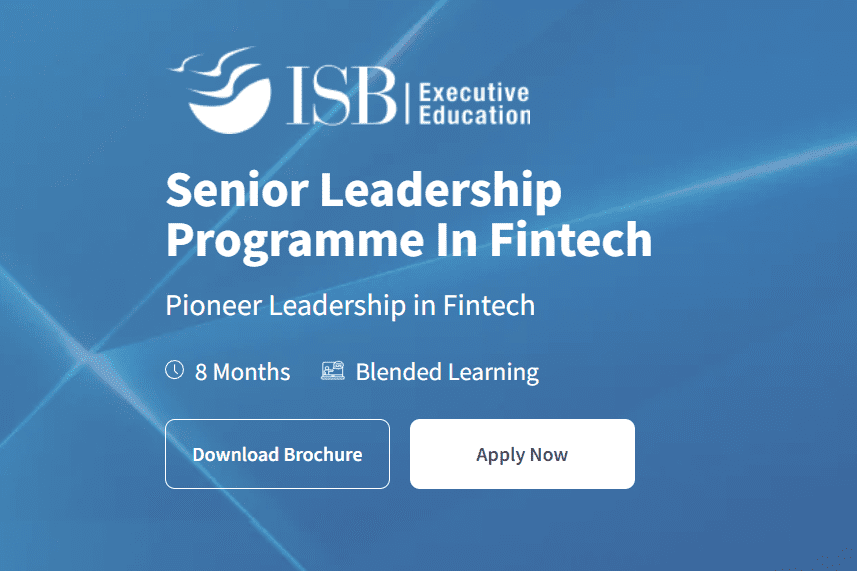Last updated on July 20th, 2023 at 07:00 am
The fintech industry is constantly changing, and these innovations have a revolutionary impact on the payments industry. Newer and speedier technologies are displacing the conventional methods of exchanging money, from mobile wallets to cryptocurrencies.
As e-commerce has grown, so has the demand for quick and secure payment methods, making it crucial for financial institutions and entrepreneurs to stay on top of the most recent developments.
This blog examines the future of payments, cutting-edge trends, and technology revolutionizing business. Join us as we investigate the possibilities of Fintech and the future of payments.
Let's get started!
How will Fintech shape the future of payments?
There are bigger, more persistent changes already affecting the financial services sector and the whole global economy under the transformation to a cashless society.
Paper checks, analog invoices, and other traditional payment methods are about to undergo a major makeover. New business models are developing as the whole payments sector's infrastructure transforms.
Two distinct and concurrent tendencies are involved in this restructuring of the payments sector and, in fact, the whole global payments ecosystem. Business is rising for financial companies and technology suppliers.
The fintech sector has expanded rapidly during the past ten years. The industry had a value of US$3.56 trillion by the end of 2021, and between 2021 and 2025, it was projected to increase at a compound annual growth rate of 23.58%.
What are the latest payment trends in Fintech?
Financial technology (Fintech) has impacted the conventional payments business for many years. Customers now demand a uniform payment experience across platforms and devices due to the growth of e-commerce and mobile payments.
"Innovations in fintech" refers to cutting-edge products and technology upending the conventional financial sector. The term "fintech," short for financial technology, describes the use of technology to automate financial services, including investment and banking, as well as payments and money transfers.
Here are some of the future payment trends:
Trend #1: Contactless Payments
The market for contactless payments was valued at USD 34.55 billion in 2021, and from 2022 to 2030, it is projected to grow at a CAGR of 19.1%. The expansion is related to the expanding use of digital payment services intended to facilitate client payments more quickly.
Intelligent hardware, cutting-edge software, and smart services are all components of contactless payments, which enhance conventional payment methods and bring about intelligent transactions. Card issuers are gradually integrating contactless payment card systems worldwide, helping the industry expand.
Since the client does not directly exchange invoicing or payment information with the seller, contactless payments are renowned for being safe. Instead, all correspondence is encrypted, and a unique transaction number is tokenized for each purchase. The one-time code used to identify a specific transaction will be the only information an attacker will obtain from a wireless communication if it is intercepted.
The COVID-19 epidemic and consumers' desire to avoid direct human interaction when making in-store transactions increased the introduction of contactless payment.
Trend #2: Embedded Payments
Embedded payments are another development that is altering how we make payments. Payments that are linked to other platforms or services are referred to as embedded payments. They let you make payments while still using the app or website you're on.
Both consumers and businesses may profit greatly from embedded payments. They improve conversion and retention rates by generating a smooth and seamless user experience. Additionally, they open up previously inaccessible prospects and new business models.
Trend #3: Future of Payments and IoT
The payments environment is being impacted by the Internet of Things (IoT). According to payments and banking specialists Mercator Advisory Group, this industry expands by 15% annually. Businesses that accept IoT payments have a lot of sales prospects due to the exponential growth of linked items like refrigerators, cars, and machines. IoT payments can be made automatically or partially by particular 'events.'
Trend #4: Emerging markets
As one of the most desirable development regions, Asia's inventive startups are increasingly challenging Western financial companies. Such markets are open to technological innovation because people accustomed to antiquated payment methods are keen to accept new ones better suited to their everyday economic demands.
Omdia predicts that between 2020 and 2024, the number of debit and credit cardholders will increase by 5.8% in the Philippines and 5.50% in Indonesia. This demonstrates how nations with previous payment systems are moving away from using cash.
Trend #5: Digital currency
Digital tokens or electronic records known as Central Bank's Digital Currencies (CBDCs) represent a country's money virtually. Over the next 20 years, they are expected to have the largest disruptive influence and private-sector cryptocurrencies.
Financial organizations, including Mastercard, Visa, and BNY Mellon, are getting ready to make it easier to utilize CBDCs. Additionally, a recent poll by the Bank for International Settlements indicates that 14% of central banks are currently undertaking pilot testing, and 60% of central banks are investigating CBDCs.
The Final Words
The future of payments is intriguing and promising. Fintech technologies are revolutionizing the way we pay by enabling quicker, safer, and more open transactions than ever before. Staying current on the most recent trends and advances is crucial as we negotiate this quickly changing environment.
We can stay educated and ready for what is ahead by doing this. Embracing these developments will help you remain ahead of the curve and reap the numerous rewards that Fintech offers, whether you're a business owner or a regular consumer. Innovations in Fintech include mobile payment apps, peer-to-peer lending platforms, digital currencies, blockchain technology, and robo-advisors.
Imarticus Learning and Geeta University have created a MBA in fintech program that intends to provide students with expertise in both technology and finance. This course provides practical experience with cutting-edge technologies, including API, Blockchain, Cloud Computing, AI, Machine Learning, RPA, IoT, and Big Data, as well as essential areas of the industry.
So, let's embrace future payments and see where it leads!












